Hideki Banno
Measuring pitch extractors' response to frequency-modulated multi-component signals
Apr 02, 2022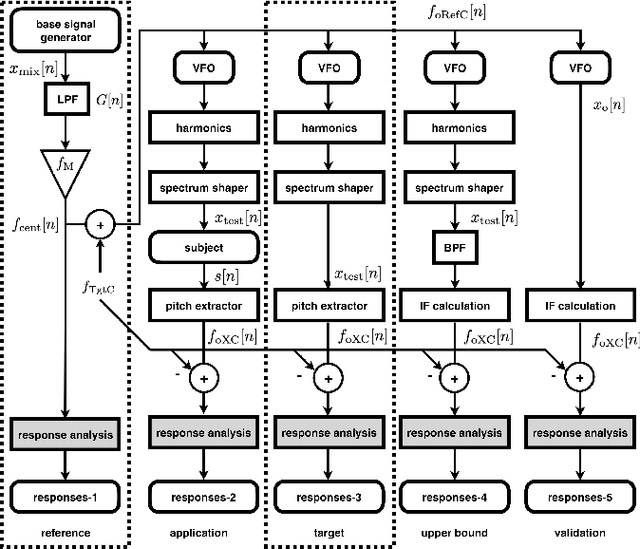
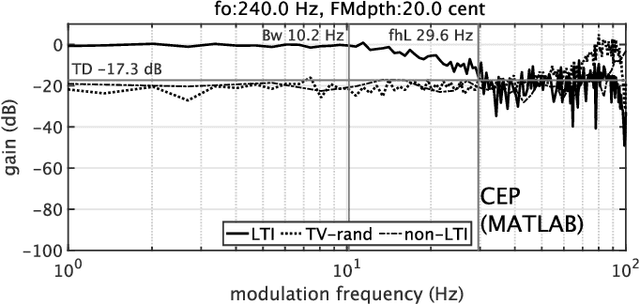
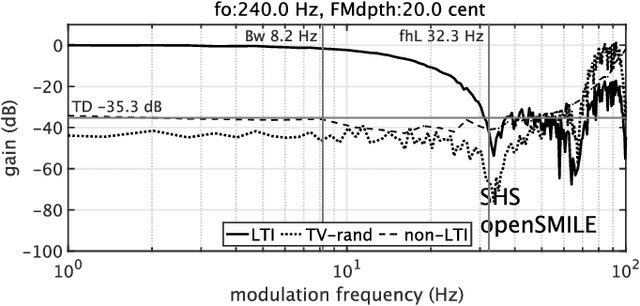
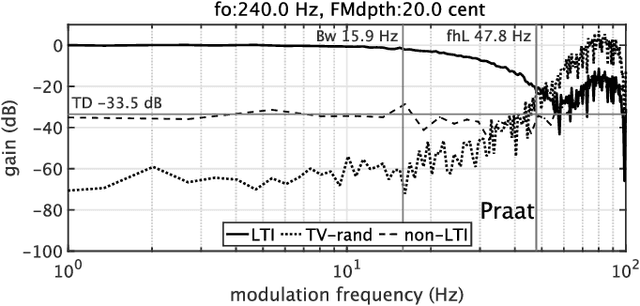
Abstract:This article focuses on the research tool for investigating the fundamental frequencies of voiced sounds. We introduce an objective and informative measurement method of pitch extractors' response to frequency-modulated tones. The method uses a new test signal for acoustic system analysis. The test signal enables simultaneous measurement of the extractors' responses. They are the modulation frequency response and the total distortion, including intermodulation distortions. We applied this method to various pitch extractors and placed them on several performance maps. We used the proposed method to fine-tune one of the extractors to make it the best fit tool for scientific research of voice fundamental frequencies.
An objective test tool for pitch extractors' response attributes
Apr 02, 2022

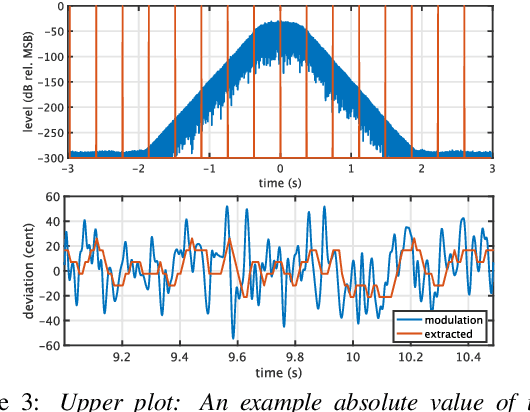

Abstract:We propose an objective measurement method for pitch extractors' responses to frequency-modulated signals. It enables us to evaluate different pitch extractors with unified criteria. The method uses extended time-stretched pulses combined by binary orthogonal sequences. It provides simultaneous measurement results consisting of the linear and the non-linear time-invariant responses and random and time-varying responses. We tested representative pitch extractors using fundamental frequencies spanning 80~Hz to 400~Hz with 1/48 octave steps and produced more than 1000 modulation frequency response plots. We found that making scientific visualization by animating these plots enables us to understand different pitch extractors' behavior at once. Such efficient and effortless inspection is impossible by inspecting all individual plots. The proposed measurement method with visualization leads to further improvement of the performance of one of the extractors mentioned above. In other words, our procedure turns the specific pitch extractor into the best reliable measuring equipment that is crucial for scientific research. We open-sourced MATLAB codes of the proposed objective measurement method and visualization procedure.
Objective measurement of pitch extractors' responses to frequency modulated sounds and two reference pitch extraction methods for analyzing voice pitch responses to auditory stimulation
Nov 05, 2021
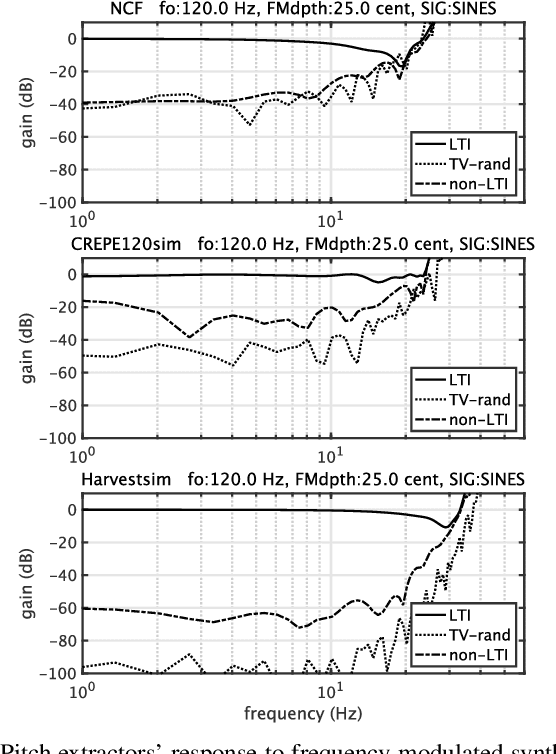
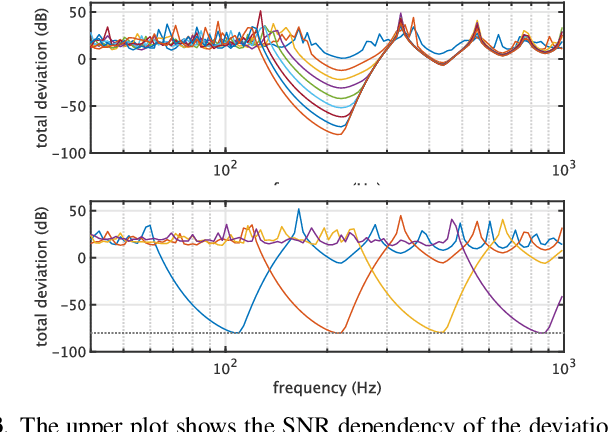
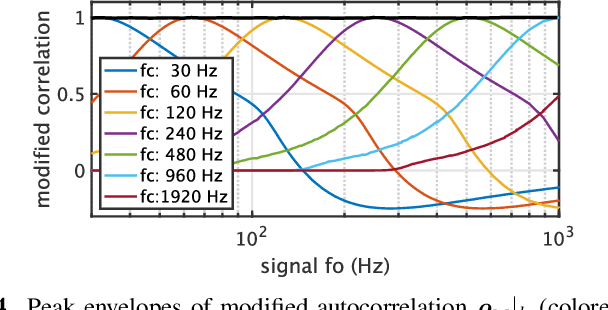
Abstract:We propose an objective measurement method for pitch extractors' responses to frequency-modulated signals. The method simultaneously measures the linear and the non-linear time-invariant responses and random and time-varying responses. It uses extended time-stretched pulses combined by binary orthogonal sequences. Our recent finding of involuntary voice pitch response to auditory stimulation while voicing motivated this proposal. The involuntary voice pitch response provides means to investigate voice chain subsystems individually and objectively. This response analysis requires reliable and precise pitch extraction. We found that existing pitch extractors failed to correctly analyze signals used for auditory stimulation by using the proposed method. Therefore, we propose two reference pitch extractors based on the instantaneous frequency analysis and multi-resolution power spectrum analysis. The proposed extractors correctly analyze the test signals. We open-sourced MATLAB codes to measure pitch extractors and codes for conducting the voice pitch response experiment on our GitHub repository.
 Add to Chrome
Add to Chrome Add to Firefox
Add to Firefox Add to Edge
Add to Edge